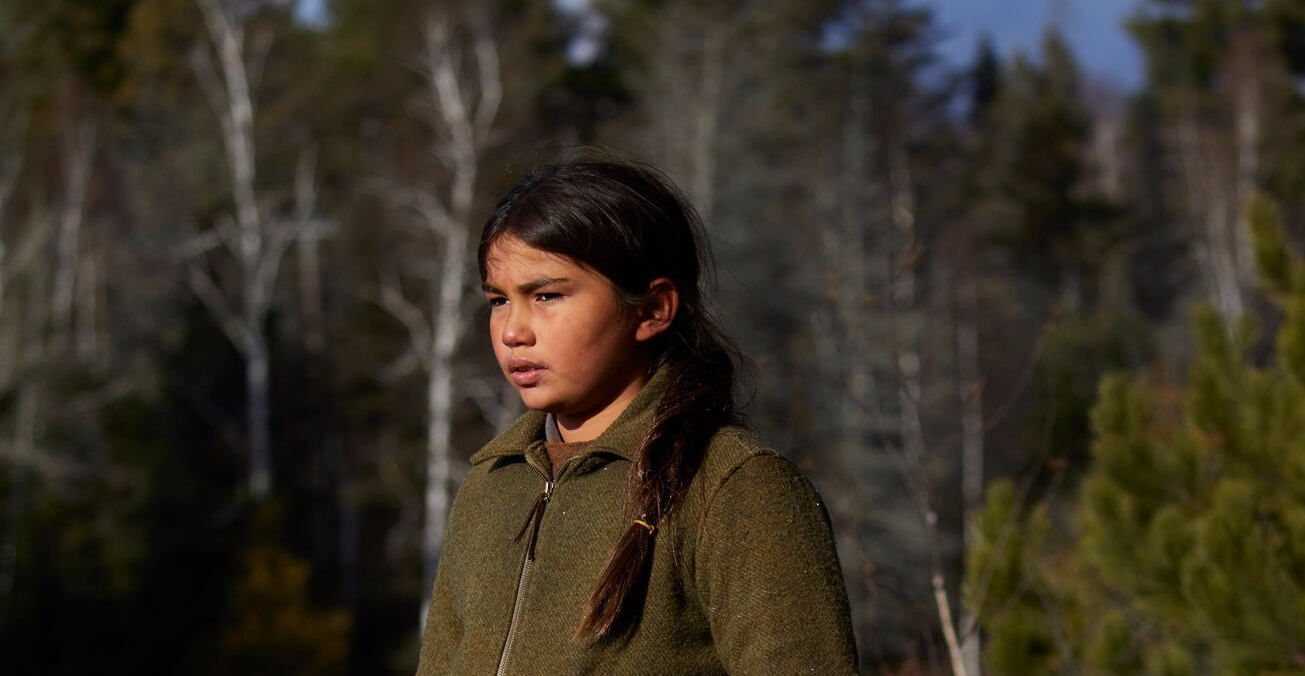An Interview with Stephen Campanelli
By Holly McKenzie-Sutter
Indian Horse was the recipient of the Super Channel People’s Choice Award at VIFF 2017 and was part of the #mustseeBC filmmaker showcase presented by STORYHIVE. Visit mustseebc.viff.org/.
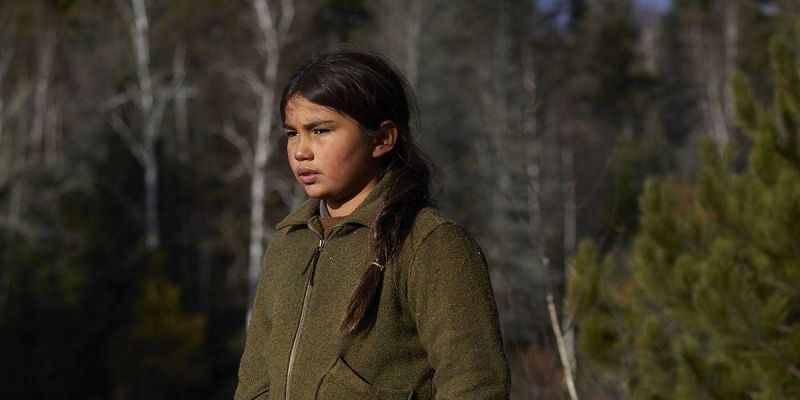
Like so many other young boys growing up in Canada, Saul Indian Horse stepped onto the rink and discovered his love for Canada’s favourite pastime at an early age. But for Saul, hockey was never just a game—it was a way for the young Ojibway boy to temporarily escape from the daily horrors of St. Gerome’s residential school.
Indian Horse, adapted from Richard Wagamese’s novel of the same name, follows Saul’s journey from stickhandling frozen horse turds to practice his wrist shot, to his life as a rising hockey star—all the while carrying his memories from the school, and from the family he was forced to leave behind.
Ahead of the film’s wide release, I spoke to director Stephen Campanelli about adapting the beloved novel to screen, and the healing role of narrative film in the ongoing work to address Canada’s dark history of treatment towards Indigenous people.
When did you first become aware of the novel, and what about the story made you interested in directing it?
I first got the novel Indian Horse three years ago. I was in South Africa finishing up the first movie I directed, and it was sent to me by the producers who kept bugging me to read it. Because I was very busy finishing my other movie, I didn’t have a lot of time, but eventually one weekend I decided, well, I got to read this book and the script at the same time, and I did, and it really hit me, like a real gut punch. I was shocked and angered about how this went on in our own country and how I didn’t know much about it. It really made me mad and I wrote this impassioned, six-page email to my producers about why I was the person to direct it because it just angered me and embarrassed me and shocked me. I said I have to get this story out there, I’ve got to tell people what happened to our beautiful Indigenous people, and I want to make sure it’s me that tells it. Lucky they believed in me and so did Richard Wagamese and we all came together to make this great movie.
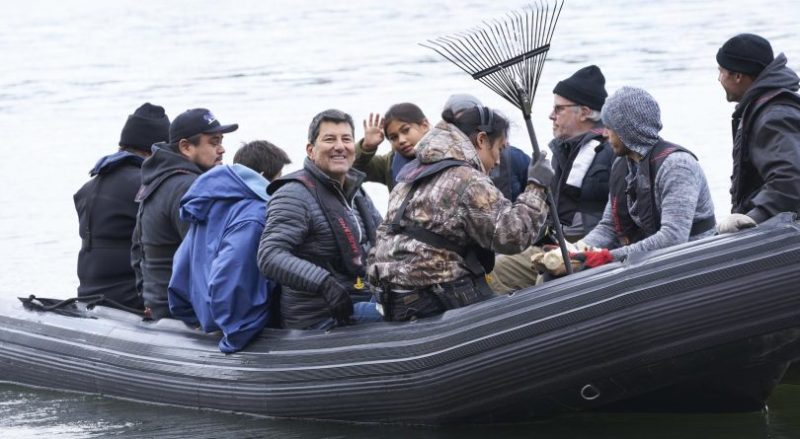
Can you tell me about Richard Wagamese’s involvement in the production and the working relationship you had with him?
Richard was a wonderful collaborator, he really gave us his blessing to make this story. Being non-Indigenous filmmakers, we were all sort of under the gun, you know, under the eye of everyone, but he right away saw that we all believed in the same vision that he did, to keep true to his words and his story and not sugarcoat it. To make it as raw and powerful as it could be. We collaborated a lot. I wanted more from the book, Richard’s book, in Dennis Foon’s script, so Dennis did a wonderful job of adapting more of Richard’s writing and quotes. It was a really wonderful collaboration.
The performances from the three lead actors playing Saul really carried the film for me. I was wondering what you were looking for in that character when you cast that role?
The character of Saul just spoke to all of us. Richard had written [him] so well that you could really feel the pain and the angst and all the torment that Saul goes through, but then the real joy and the beauty of hockey that he turns to get away from everything. So the way Richard writes, it was kind of an easy character to imagine in my head, as a filmmaker, and director. Casting him was tough because we wanted to find three special guys to take the Saul character over 30 years. We cast a wide net, we had about five casting directors I believe across Canada and the U.S. looking for wonderful First Nation, Indigenous actors. 250 or more people auditioned and we just kept narrowing it down. Eventually, we found our three Sauls. It wasn’t an easy process, but we knew they were the right guys to do it because, obviously as you saw, the film came out well and the performances are great. It was just a really talented bunch of people we were blessed with.
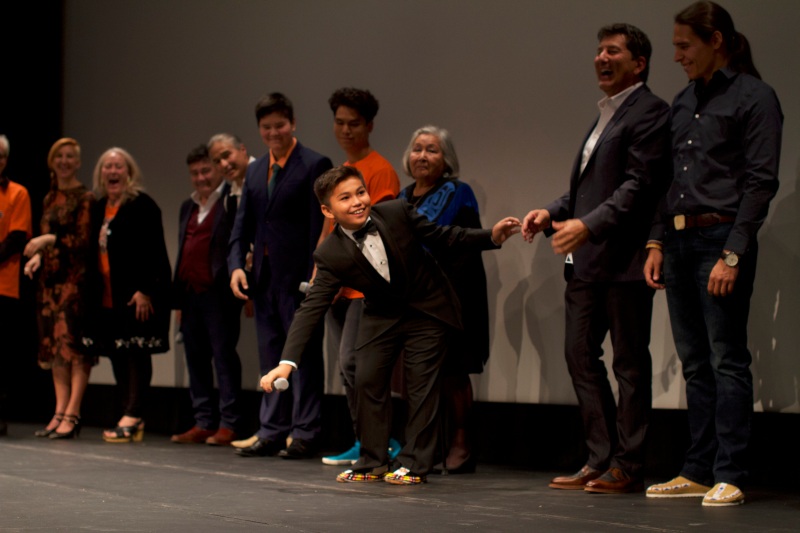
The residential school scenes are pretty difficult to watch at times, especially given how young some of the actors are. How did you go about working with the kids when filming those scenes?
It’s a good question because it was a lot of heavy subject matter. I tried to keep things light on the set as much as I could and I asked the crew to respect that. But when it came time to, you know, do the heavy subject matter, I didn’t want to scare the kids, so I tried to distract them or at least do it in a very quiet tone. There’s a lot of sensitive scenes that I had to figure out a way to do without the actors really knowing the end result, how it was going to be cut together. I thought, if we just keep a calm, quiet environment, respect the actors’ area of space, and if I keep eye to eye contact with them so they knew I had their backs, and vice versa, then it would work out.
On the topic of the subject matter, there have been some really great documentaries made in Canada that look at the legacy of residential schools, but feature films haven’t been covering that part of history in the same way. Can you comment on the role of narrative film in the ongoing work to address Canada’s history of abuse towards Indigenous people?
I think narrative feature film, on this subject matter, is long, long overdue. I know it’s not an easy subject matter to tell. We wanted to tell it as it’s been told by Richard in the book; a story that was a dark, dark, part of our Canadian history. We wanted to treat it with the respect that it deserved but also not hide from it. We need to face it. Canada has come a long way but there’s a long way to go. The Reconciliation Commission and apologies are a starting point, but without talking about it, there’s no healing.
So that’s what our actors say: the more we can talk about it, get this out there, the better. And a commercial film like Indian Horse, a feature film, will get into the theatres and reach people who might not normally go see, like you said, a documentary or a short subject, because they want to see a feature film and you know, in a way be entertained of course, but also be educated. And that’s what Indian Horse is, it’s a film that will definitely educate you and leave you wondering and questioning yourself at the end of it, but it’s also 95 minutes of entertainment. The hockey stuff is wonderful and magical and to watch these characters go through it all but still come out on the other end with hope and resilience is basically the message I wanted to get across.
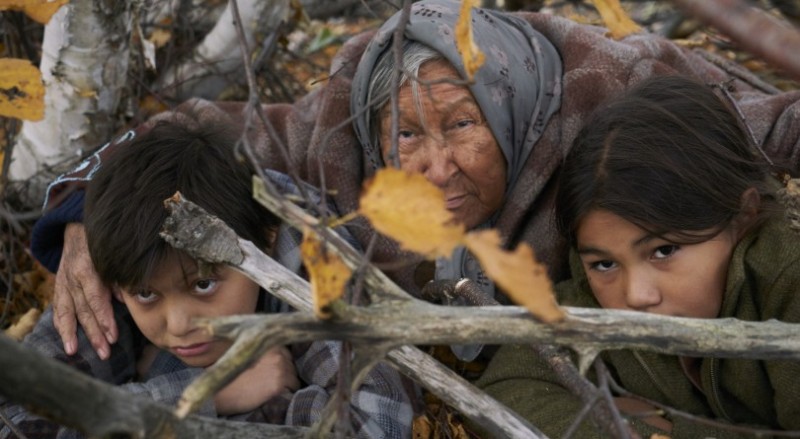
From the initial screenings, have there been any reactions that stood out to you?
There have been a lot of reactions that stood out to me across Canada, we’ve had some amazing screenings. Even though we had the world premiere at TIFF, VIFF was my biggest achievement because I live here. All my friends are here, all my peers are here, so to have the movie screened here and to have it sold out at all the screenings and have standing ovations, it was very emotional for all of us. There was a gentleman that got up at the end when the entire cast and producers were up on stage, and he spoke in his native language. I didn’t understand what he was saying, and then he switched languages and he said, “I am a survivor of the residential school.” He said, “I was taken away 50 years ago,” and he said, “for 50 years, I have not cried and you made me cry tonight.” It was just this beautiful, raw emotion. All of us onstage were crying. I looked out at the audience and half the people there were crying. It was such an amazing moment to hear how I’d touched this man’s life with the memories of what he’d been through, but to also see his resilience – he’s still standing, he’s still here. To me, that was the biggest memory of all the festivals.
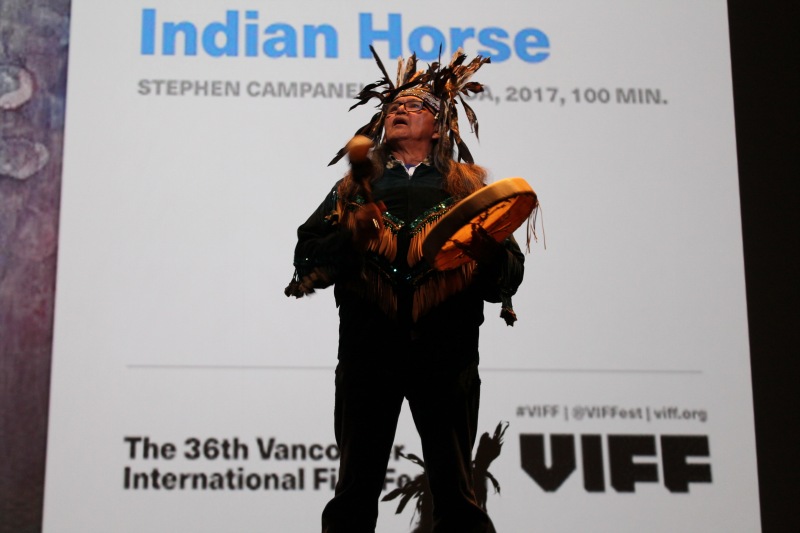
Now you’re about to release the film wider across the country, what’s your hope for the impact it might have on audiences?
Well you know, with a general mass release, we’re showing it to real filmgoers. We’ve done the festival circuit, that’s been spectacular, and we’ve promoted the movie a lot. But now we’re going to be in Cineplexes and people are going to be paying money to go see the movie. I think—I hope—they come out of it going, I’m really glad I paid my 12 bucks or 14 bucks, whatever it is these days, to see this movie, and I was educated and I want to do something about it. That’s my goal. I hope everyone leaves the cinema asking “How can I help? What can I do?” They can go to IndianHorse.ca and there’s educational material showing how you can make a change or how you can make a difference.
We showed the movie to parliament in Ottawa last week and in my speech I said that it’s all our responsibility to go see this movie and to talk about it and to keep the word going, because this will do amazing things for Canadian cinema if it’s a big box office hit, and it’ll also do everything in the world for Indigenous cinema. There can be more stories told about this subject matter if it’s a big hit, so I’m asking everyone in Canada to go out and see this movie just for that reason – to get the story out there, to keep it being told, so hopefully other movies will get made because of the success of Indian Horse.
Indian Horse is playing in select theatres across Canda from April 13.
In Vancouver:
Cineplex International Village Cinema’son Pender St
5th Avenue Theater on Burrard St
Esplanade Theatre in North Vancouver
Landmark New West in New Westminster
Silver City Riverport IMAX- Richmond
Cineplex Odeon Meadowtown – Pitt Meadows
Visit http://www.indianhorse.ca/ for screening times and information.
This interview has been edited and condensed for clarity.
